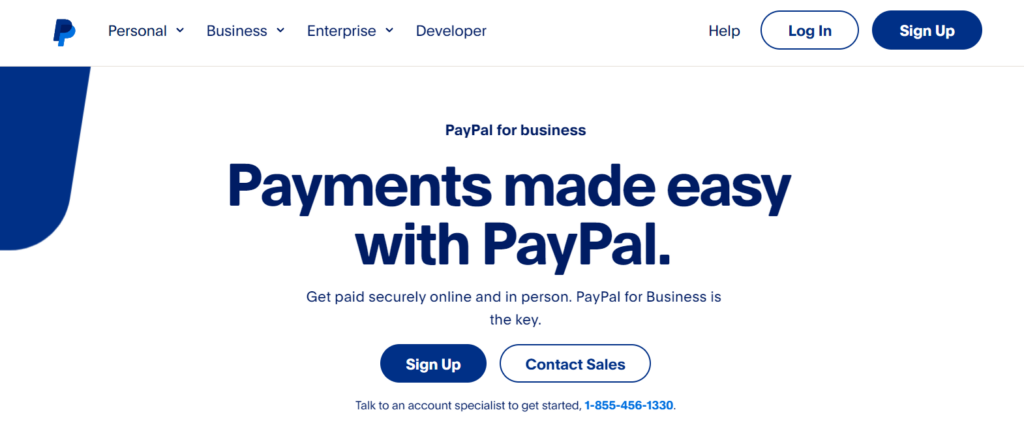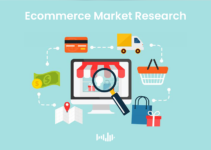One of the most widely utilized payment gateways worldwide, PayPal is frequently used for online purchases.
You can easily include PayPal in your Shopify-based e-commerce site to enable your customers to pay with their PayPal accounts. We will walk you through the procedure of integrating PayPal into your Shopify store in this post.
How to Use PayPal with Shopify In 2024
The way we do business online has been completely transformed by the commonly utilized online payment system known as PayPal. Confinity was established in 1998 as a mobile payment service.
It became a standalone firm in 2015 and is currently among the most widely used online payment systems worldwide.
There are more than 346 million active PayPal customers worldwide, spanning over more than 200 markets.
It covers more than 200 markets and works in more than 100 different currencies, making it a desirable alternative for companies trying to grow their clientele internationally.
Additionally, PayPal provides a practical method for sending and receiving money worldwide, with extremely inexpensive conversion rates.
PayPal’s buyer and seller protection procedures, which shield both parties from fraudulent transactions, are among its most important benefits.
Buyers may contest any payments made for products or services that they have not received or that are not what was advertised under the buyer protection policy.
On the other side, the seller protection policy shields vendors from false claims made by purchasers.
Along with a variety of connection options, PayPal makes it simple to connect its payment systems to other programs and platforms, including e-commerce websites, CRMs, and invoicing applications.
With PayPal, companies can quickly and easily receive payments, eliminating the need for laborious invoicing and payment tracking.
In conclusion, PayPal is an indispensable tool for businesses and people all around the world since it offers a safe, open, and practical way to make payments online.
It has developed into a great option for companies trying to grow their clientele and revenue thanks to its selection of payment providers, buyer and seller protection policies, and easy integration possibilities.
Pros & Cons of PayPal
| Pros | Cons |
|
|
|
|
|
|
|
Pros & Cons of Shopify
Popular e-commerce platform Shopify offers a simple and inexpensive solution to set up and manage online stores.
It does, however, have benefits and drawbacks like any software. We shall examine Shopify’s benefits and drawbacks in-depth in this article.
| Pros | Cons |
|
|
|
|
|
|
|
|
|
Make a trial purchase from your Shopify store.
Choose PayPal as your payment option, then finish placing your transaction.
In order to verify that the money has been received, go into your PayPal account.
You can begin accepting payments using PayPal on your Shopify store if everything is operating as it should.
Quick Links:
- Legit List of Tools To Find Winning Shopify Products
- Best Converting Shopify Themes
- PayPal Statistics
- How to Use a PayPal Account to Request and Create an Invoice
Conclusion: How to Use PayPal with Shopify In 2024
A straightforward technique that just requires a few easy steps may be used to integrate PayPal into your Shopify site.
You can provide your clients with a simple and safe method to pay for their purchases by offering PayPal as a payment option.
To connect PayPal to your Shopify store and begin taking payments right away, follow the instructions provided in this article.
Why pay everything now when you can pay over time? Enjoy 6 months of special financing on your tax bill of $99+ with PayPal Credit. Terms apply: https://t.co/2zY2cZS8Ff pic.twitter.com/YtkLXKl77B
— PayPal (@PayPal) April 14, 2023
doing your expenses sucks.
but imagine if you could
🕚 schedule payments
🧾 choose how to pay and deliver funds
📧 upload bills through email
💻 manage everything from your Shopify admincause with Shopify Bill Pay, powered by @MelioPayments, you can.https://t.co/etk7YYw6rm pic.twitter.com/zNa9Uxrsm6
— Shopify (@Shopify) April 24, 2023



